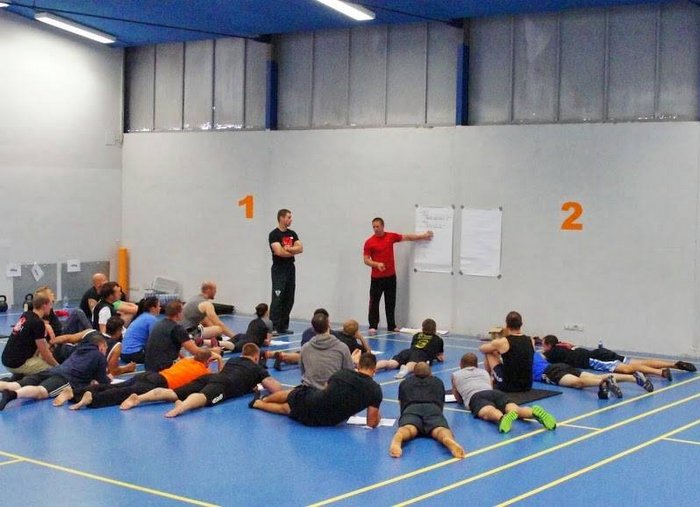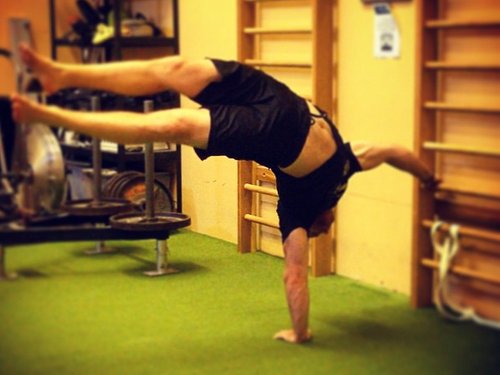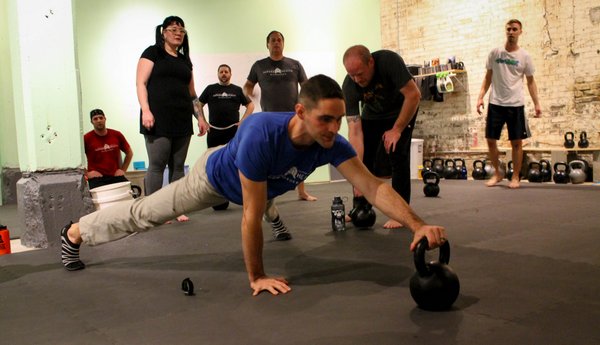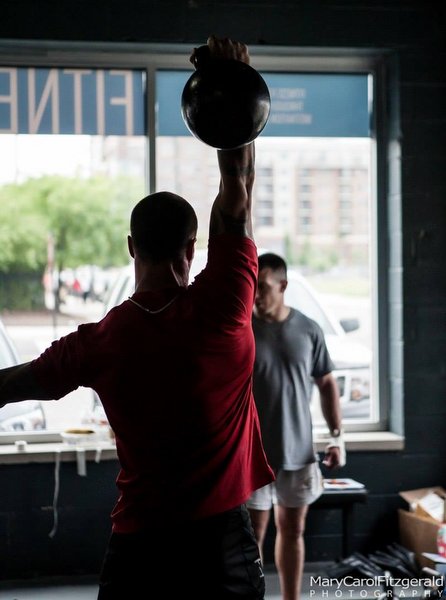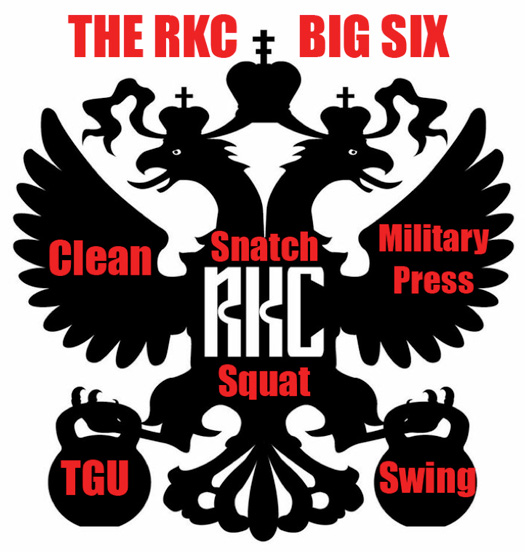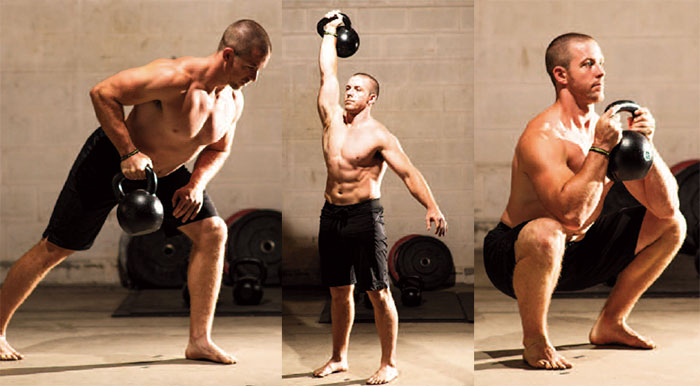
With the following single kettlebell workout, you can work on all your strength movements in one session with 2-6 sets of 3-8 reps. Each movement provides an adequate amount of rest for the next item in the superset. The finisher, which consists of swings and planks or pushups is a great way to add some cardiovascular work as well as some extra core/arm training.
Superset the exercises below for 2-6 rounds:
Press (up to 80% effort)
Row (up to 80% effort)
Squat (front squat or goblet squat)
Then perform kettlebell swings and planks (or pushups) for 2-5 sets
Together, this workout covers all the main strength movement categories:
Upper Push (press and/or pushups)
Upper Pull (rows)
Lower Push (squats)
Lower Pull (swings)
Part of the reason that programs generally work well is that they provide workouts which are already designed for you. If you struggle to think of what you should do at the gym, you’re less likely to do as much work–or any at all! It’s very helpful to at least have a go-to workout in your collection.
Another great thing about the workout listed above is that you’ll probably want to do more reps of rows than presses anyway. This often happens because most of us can row with more weight than we can press. In other words, you’ll likely press the same kettlebell 5 times and then row it for 8-10 reps with the same weight (which will put both exercises at 80% of your effort). That’s a good thing!
Finally, this takes very little time–I was recently able to do 3 rounds of each part in about 12 minutes.
It’s so simple that it almost seems too silly to work, but it does–and it covers all of your bases regardless of which kettlebell you use. For example, if you choose a kettlebell that you can press once, the workout might look like this:
Press x 1
Row x 5
Squat x 6
Or whatever rep range is within your 80% effort.
It’s beautifully simple, and it can really remove some potential barriers to training consistently–you can do a version of this workout anywhere in a very short amount of time.
****
